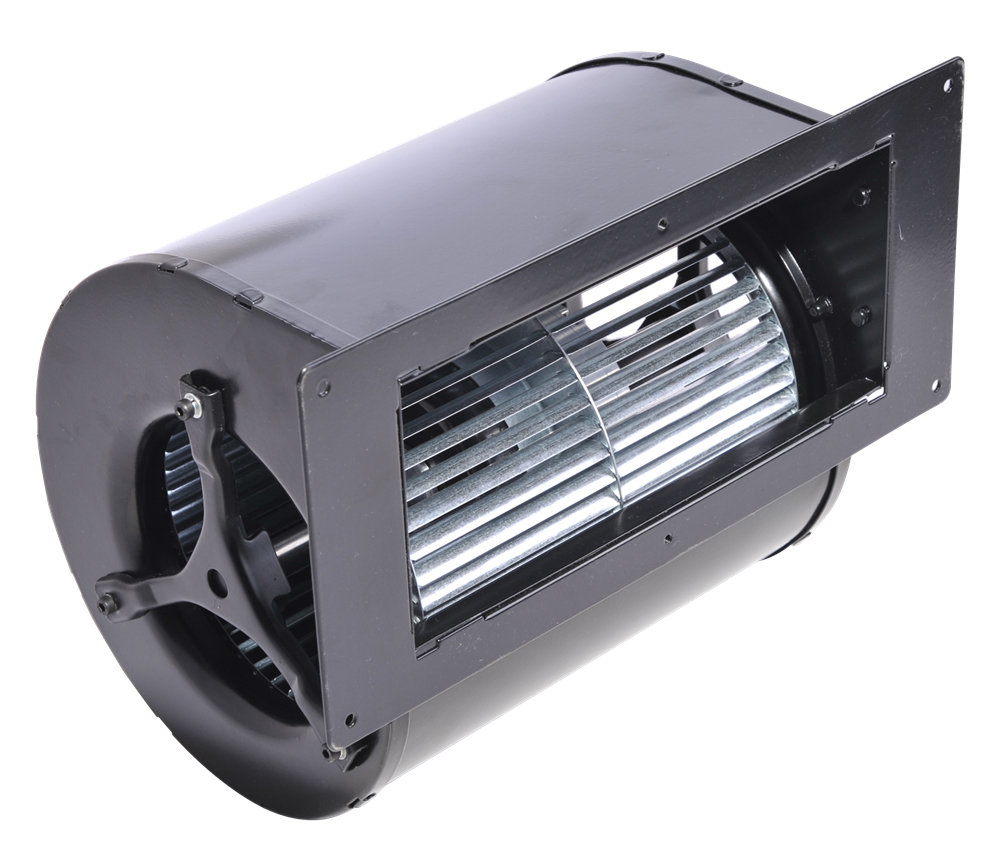The Difference Between Radial Fan vs Axial Fan

The Difference Between Radial Fan vs Axial Fan
Radial and axial fans are two types of mechanical devices used to propel a continuous flow of air. Radial fans are typically wider, have convex blades that direct airflow outward, and create a high-pressure area at the base while an axial fan is usually longer, has flat blades that push airflow in a single direction, and creates an area of low pressure near the discharge. While radial fans are generally better suited for cooling smaller areas since they move air relatively fast through a larger opening, axial fans tend to be more efficient for larger spaces since they can move greater volumes of air over longer distances more slowly. Both types of fans come in all sizes and are found everywhere from small handheld devices like blowers to large industrial-grade applications like cooling towers.
The characteristics of radial fan vs axial fan
While both radial fans and axial fans are widely used in many different industries, there are some key differences between them. Radial fans use a stationary blade system with the displacement of air along its radial direction, while axial fan blades move in an axial direction. This can mean significant differences in how much pressure is created by each type of fan. Radial fans create high static pressure but low airflow, which allows them to move air against substantial resistance and push it through tight spaces. In contrast, axial fans create lower static pressure but higher airflow and are usually much larger than radial fans. This makes them ideal for moving large amounts of air over long distances with minimal friction. When choosing between a radial fan or an axial fan, it's important to consider what specific application the fan is going to be used for and decide if pressure or airflow is more important for that space.
Advantages of radial fan vs axial fan
Radial fans offer a number of advantages over axial fans, and are ideal solutions for cooling and ventilation tasks. Radial fans are capable of both high- and low-pressure airflows, where axial fans can generally only handle low-pressure airflows. With radial designs, the fan blades curve backwards, resulting in increased airflow efficiency as well as reducing noise levels due to decreased turbulence. Additionally, radial fans are more compact than axial fans with comparable performance specs, making them a great choice for installations or applications that involve limited space. All in all, radial fan technology provides an efficient and compact cooling solution that is hard to beat!
Maintenance of radial fan vs axial fan
Maintaining a radial fan or axial fan is important to ensure that they are functioning properly and working toward their intended purpose. Unfortunately, these two types of fans require two different maintenance techniques. Radial fans involve regular solenoid valve inspections, filter replacements and lubricating the motor bearings in order to ensure that the fan runs at peak performance. Axial fans typically require backups every ten years, however it should be noted that failure to replace components like impellers can result in decreased efficiency throughout your system. It is advised you consult an expert if you are unsure how often to run maintenance on your particular fan setup.
About China radial fan manufacturer
AFL was created by a group of like-minded industry veteran, mainly manufacturing DC&AC external rotor centrifugal fan and axial fans, DC internal rotor motor and fans. Products passed 3C、CE、ETL、ROHS certifications. AFL was found in 2014 with registered capital 27.79 million yuan. AFL covers an area of 20,000 square meters for production. We have 190 employees and the annual production capacity is about 1 million unit. AFL's export proportion is about 30%, mainly exported to the European market.
-
What are the characteristics of Professional axial fan manufacturer
2022-03-11
-
Choose Your Axial or Radial Fan
2022-03-02
-
Detailed explanation of axial flow fan
2022-03-02
-
Blower Fan Overview and Applications
2022-02-25



